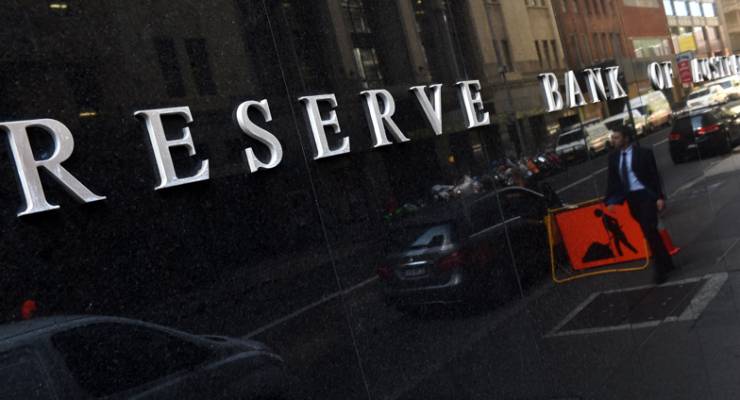
As widely forecast, the Reserve Bank cut official interest rates 0.25 of a percentage point to a new record low of 1.25% in an attempt to stimulate a sluggish economy and eliminate spare capacity. The cut was the first since 2016 when the bank cut rates twice in May and August — and many economists are predicting at least one more cut to 1% by the end of the year and maybe more next year.
The rate cut is a belated admission that the economy is idling and, with the government intent on removing any fiscal stimulus, the central bank has been forced to fire one of its remaining monetary policy shots despite concerns that it will have nothing left in the locker in the event of a recession.
“Today’s decision to lower the cash rate will help make further inroads into the spare capacity in the economy, Governor Philip Lowe said in a post-meeting statement. It will assist with faster progress in reducing unemployment and achieve more assured progress towards the inflation target.”
“The strong employment growth over the past year or so has led to a pick-up in wages growth in the private sector, although overall wages growth remains low,“ Lowe said. In fact, wages growth has been static now for the past nine months according to the Wage Price Index, forcing the central bank to look elsewhere for measures that show wages growing. “A further gradual lift in wages growth is expected and this would be a welcome development. Taken together, these labour market outcomes suggest that the Australian economy can sustain a lower rate of unemployment.”
Crucially, Lowe noted that “bank funding costs have also declined further, with money-market spreads having fully reversed the increases that took place last year” — meaning any failure by banks to pass on the full rate cut — as ANZ failed to — is unjustified.
Lowe flagged that the, as many economists expect, the RBA may yet cut rates further, ending with “The Board will continue to monitor developments in the labour market closely and adjust monetary policy to support sustainable growth in the economy and the achievement of the inflation target over time.”
Any quibbles board members may have had about a cut might have been addressed by retail sales data for April, which were released today. They showed sales falling 0.1%, seasonally adjusted — the kind of tepid result that illustrates an economy that’s not growing anywhere near fast enough to drive down unemployment below 5% — or lift inflation back to the Bank’s target band of 2-3%.








So the world’s highest paid central banker is a failure just like his immediate predecessor was.
Since 2004, the RBA mismanaged Mining Bubble 1, Currency Bubble 1, Mining Bubble 2, Currency Bubble 2 – and finally The Great Housing Bubble.
The so-called “independent” central bank of Australia has failed over and over for 15 years. It’s independence is a complete fiction with no direct legislative basis and exists purely on the whim of a ministerial note.
Maybe time for elected politicians to take actual responsibility for the economy and stop outsourcing the decisions to an overpaid central banker who keeps failing.
Never mind our overpaid bureaucrats at the RBA, the econocrats elsewhere are no more competent.
The ECB crushed Greece (as much from spite as stupidity), the BoE in concert with the Cameroon & his Bumnosed Baronet smashed the british economy with Austerity in response to the GFC and the less said about the US Fed the better.
Include the disastrous World Bank’s prognostications, consistently & completely wrong since its inception, to make the word safe for ameriakn kapitalism and the IMF routinely destroying emerging economies in ex-colonial & 3rd world countries with the noxious neolib nostrums of privatisation, deregulation and laying them open to be splayed by megacorps in search of raw materials and markets to dump crap and it is the same story.
And why wouldn’t it be? The only less worthy ‘profession’ than economist is political scientist – a true oxymoron (I’ve noticed this last word often trips the ModBot which long suffering commenters know is not very bright).
The point is that as long as we let these overpaid phantasists pontificate and pretend to be pulling levers behind the curtain of respectability there will be no change in the headlong rush to penury & serfdom.
What a joke. Heading to below zero on so many fronts, and they pretend to wonder why there is hoarding of hundred dollar notes. Cashless promoter twits are looking very stoopid.
The economy is strong. Fraudenberg and Corman said so repeatedly during the election and MSM never once disagreed.
Maybe the ‘economy’ can’t grow forever? Maybe it’s maxed out right now.